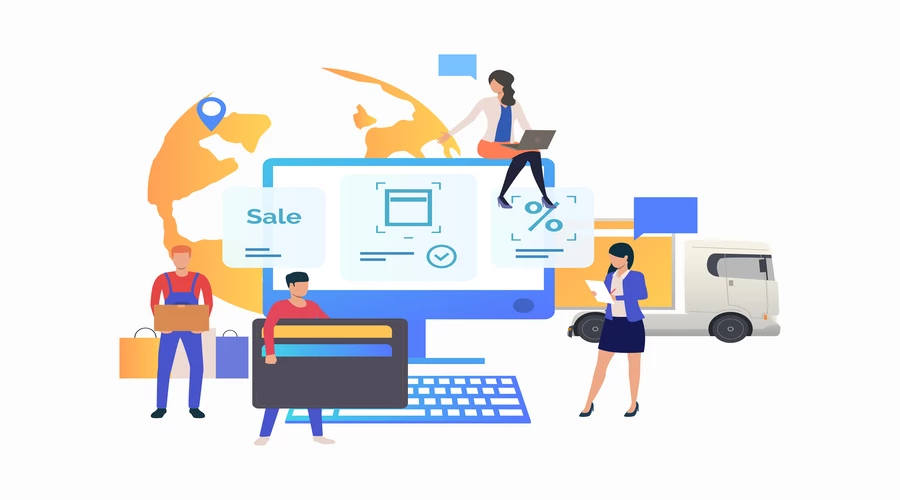
With a strategy in place, companies find a target site - which should be reviewed at least once a year - to ensure that their procurement framework is fully aligned with the overall organization's objective. For these and other reasons, the current procurement situation requires businesses to change strategies and routinely identify priorities at the beginning of the procurement cycle.
Strategic procurement then incorporates technology to simplify the data and simplify, automate, and simplify processes. With the availability of available strategies, users can access important and easily accessible information in their hands.
Traditionally, procurement operations have been governed by broad and complex processes. Still, now, the changing and technological business is demanding flexible work, especially in the current era of COVID-19 where widespread disruption has forced companies to rethink every aspect of their business, including procurement.
Therefore, the future of real estate lies in digital, data processing, and automation.
Strategic procurement is a collective term used to integrate various procurement processes that support long-term organizational development.
There are two types of purchase processes: upstream and downstream.
In this series of goods and services flowing, the purchase of goods upstream includes everything between receivables and contract awards. In contrast, the purchase of goods under the river means everything that happens after the contract is awarded. Having said that, all the activities that take place in the escalating processes usually have a significant impact on the river crossing.
Organizations make major changes to their operations and strategies through strategic purchases to promote value, simplicity, and simplicity. Later, this translates into improving procurement processes and making them more attractive to participants.
The following are key stakeholders in strategic procurement:
Purchase Strategy - A long-term plan to ensure the purchase of goods and services at an affordable cost to competing suppliers with the agreed quality, time, and conditions.
Section Management - It means consolidating your spending in areas with similar supplier markets. Such a breakdown helps you evaluate costs and differentiate your needs for savings, risk management, and other opportunities.
Acquisition of Strategies - In short, it analyzes organizational usage patterns to find and select the best providers that meet your business goals. Thus, ensuring efficiency throughout the supply chain.
Contract Management - It is as important to buy things as it forms the basis of a company's relationship with its suppliers. As the name suggests, through contract management, companies control contract construction, analysis, implementation, and tracking to reduce overall costs and improve their performance.
Supplier Management - This function considers the management of the relationship between the company and its suppliers. This important step helps companies develop deeper partnerships with their suppliers and build an ecosystem that leads to greater organizational goals.
One of the major barriers to strategic procurement is the lack of general knowledge of the benefits it can bring to the organization. In simple terms, most buying leaders are well-versed in technology and innovation in the shopping area. However, sadly, only half of them understand why it is important for their success.
Moreover, the challenge of overcoming the inertia that keeps purchasing away from digitization comes as the second closest in the list of challenges. This seems to be a problem, especially for small or resource-intensive organizations, in addition, to those who do not have the necessary skills and knowledge to carry out procurement strategy.
We live in an age of ever-changing technologies. Transformation also brings challenges and challenges, requiring forward-looking companies to promote new ways of buying. Once again, the results of strategic procurement strategies are impressive
Strategic procurement helps to
Better performance and compliance,
Place the largest portion of the money spent under management,
Which may increase overall savings, as well
Reduce risks
The principles of procurement activities in an organization are often the same, but what makes purchasing strategies different is how they use procurement information from disposable data, suppliers, and markets to identify new screens to create long-term value. With the help of 13SQFT, one can empower organizations.
POSTED BY
Team 13SQFT